May Mobility, a Michigan-based startup that is operating autonomous shuttle services in three U.S. cities, has has raised $50 million in a Series B round led by Toyota Motor Corp.
The funding, which comes less than a year after May Mobility raised $22 million, will be used to expand every aspect of the company, including its AV shuttle fleet as well as its engineering and operations staff.
May Mobility has 25 autonomous low-speed shuttles spread out between Detroit and Grand Rapids, Michigan and Providence, Rhode Island — the three cities it operates in. The startup wants to build that number up to 25 vehicles per city, co-founder and COO Alisyn Malek told TechCrunch. That fleet size improves the economic picture for the startup and begin to meaningfully impact transportation in that city.
This latest round does more than provide May Mobility with capital. The startup, which launched in 2017, has has gained a customer as well. Toyota has picked May Mobility as one of its “autonomous driving providers for future open platforms,” according to the startup.
Toyota and May Mobility didn’t share specifics of about what this partnership will lead to. But it will likely pair the startup’s autonomous vehicle technology with the Toyota e-Palette, a platform the automaker unveiled in 2018 at CES, the annual tech trade show in Las Vegas.
The e-Palette was presented as a concept vehicle, but really it’s a platform that fits into Toyota’s vision for mobility ecosystem that will transition from a company that just produces and sells cars to one that handles all aspects of moving people and things from point A to point B.
The e-Palette is designed for flexibility. The platform, which theoretically will be outfitted with autonomous vehicle technology, could be used as a shuttle, for delivering packages to customers or even as a roving mobile shop.
May Mobility will be working with Toyota to identify market opportunities, Malek said, adding that the company will be one of the automaker’s primary partners in co-development to bring those platforms out to market.
“They really believe in the transportation-as-a-service work that we’re doing and want to support that,” Malek said.

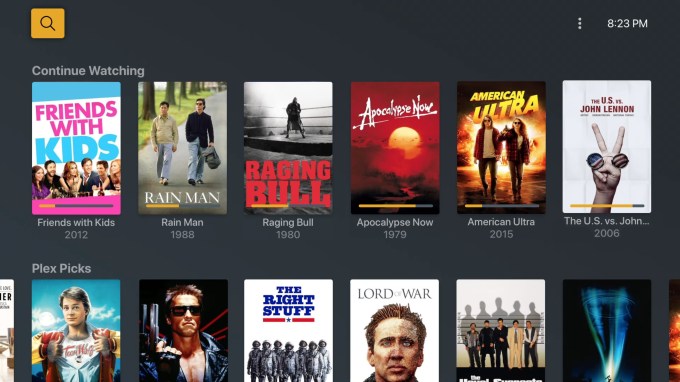
 Like other free streaming services, Plex’s free content won’t require a subscription or any other commitments, but will instead be fully supported by ads.
Like other free streaming services, Plex’s free content won’t require a subscription or any other commitments, but will instead be fully supported by ads.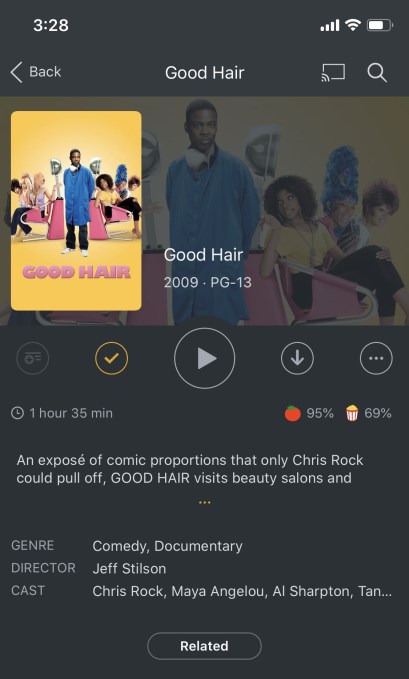 In this section, the content is organized in a somewhat Netflix-style layout with image thumbnails for easy browsing and hubs for finding popular, trending or genre-specific content, for example.
In this section, the content is organized in a somewhat Netflix-style layout with image thumbnails for easy browsing and hubs for finding popular, trending or genre-specific content, for example.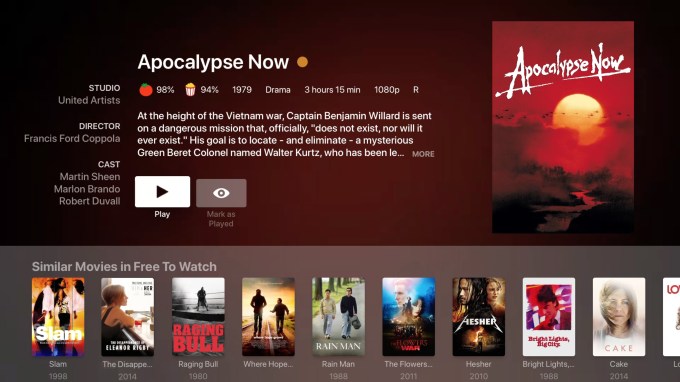

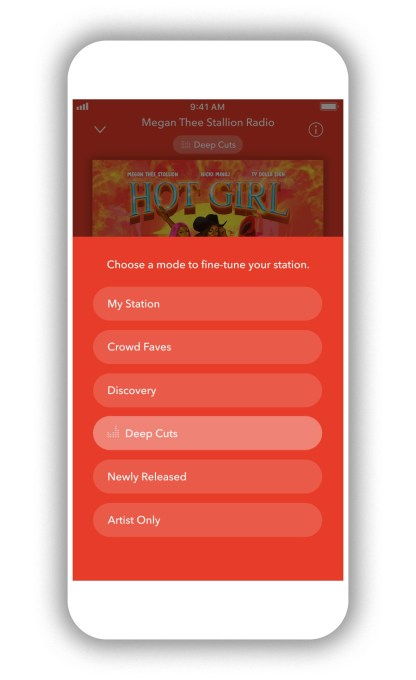
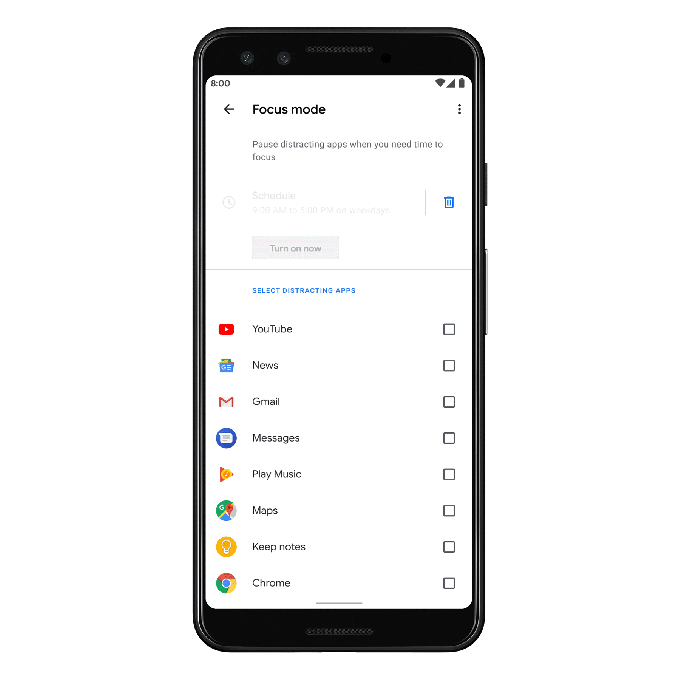


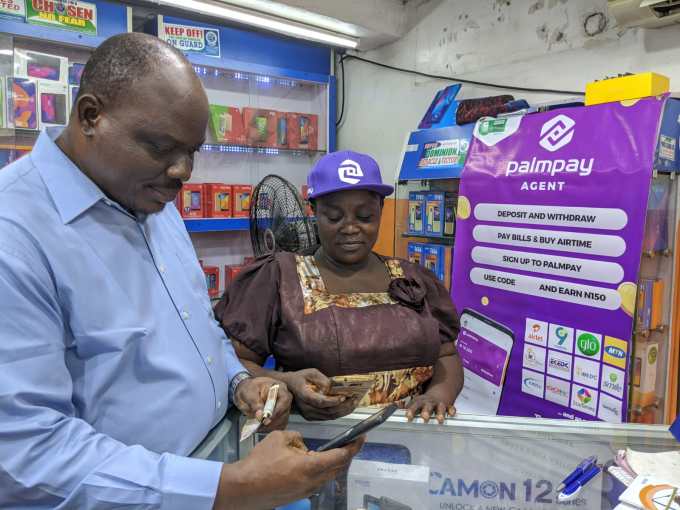 To that end, PalmPay conveniently entered a strategic partnership with its lead investor. The startup’s payment app will come pre-installed on Transsion’s mobile device brands, such as Tecno, in Africa — for an estimated reach of 20 million phones in 2020.
To that end, PalmPay conveniently entered a strategic partnership with its lead investor. The startup’s payment app will come pre-installed on Transsion’s mobile device brands, such as Tecno, in Africa — for an estimated reach of 20 million phones in 2020.